There’s one issue holding Toyota’s 4.7L V8 (otherwise known as the 2UZ-FE) back from being the perfect engine. At some point, you will wind up with cracked exhaust manifolds on your V8 4runner, Land Cruiser, Tundra, Sequoia or Lexus GX470. Read on to find out why I believe upgrading to Doug Thorley headers is the best way to fix them.
The 2UZ is a legendary engine. Toyota used it across their entire lineup of trucks. It’s powerful, reliable, easy on oil and incredibly well balanced. Unfortunately, it’s not a matter of “if” but rather “when” the exhaust manifolds will crack. You see, they all do it eventually. Every one of them. And they’re very expensive to replace.
The Problem, and Why It Happens
Toyota isn’t the only one to blame for your exhaust manifolds cracking. If it were up to them, I’m sure they would have over-engineered them just like every other part of the 4runner. This issue exists thanks to emission regulations.
The reason Toyota used this flawed design is to lower the emission readings during cold starts. The 4.7’s manifolds are a tubular design made of thin steel. In order to produce the desired readings, they needed to place the primary catalytic converters as close to the head as possible so that they’ll heat up and start working sooner.
This required mating the catalytic converter and exhaust manifold into a one piece design. Other automakers took a similar approach to this, and surprise surprise, they suffer from the same problem!
The combination of the thin metal and the excessive weight of the catalytic converter hanging off the end is what causes them to crack. Typically, the cracks will appear where the edge of the tube is welded to the flange.
Want to read more about my Toyota 4runner? All the details are shared in this feature article:
Symptoms of a Cracked Exhaust Manifold
The most common sign of a cracked exhaust manifold is a loud ticking sound coming from the engine bay. This ticking sound will speed up and slow down with the revs of the engine. It will get louder when more load is on the engine, and in many cases it’ll go away once it warms up.
The reason the sound goes away when the engine is warm is because metal tends to expand with heat. When the engine is cold, the crack is large enough to leak. When it warms up, the crack gradually closes with the heat expansion.
If your ticking sound remains even when the engine is warmed up (mine did), that means you have a larger crack that still leaks when the metal has expanded. You may notice a sulfur smell with a manifold that’s cracked this badly.

Potential Damage from cracked exhaust manifolds
There is a bit of good news. Most cracked exhaust manifolds won’t affect the function of your vehicle. It will never leave you stranded on the side of the road. The ticking sound might annoy you enough to make you want to walk home, but it won’t force you to.
Unless you’re dealing with an extreme leak, a cracked exhaust manifold won’t cause a Check Engine Light. The amount of exhaust gas escaping isn’t big enough for the ECU to notice. Driveability won’t change either.
A cracked exhaust manifold shouldn’t cause your vehicle to fail an emissions test. As long as the Check Engine Light isn’t on and the person running the test doesn’t notice a leak that’s too big to ignore, you should be good to go.
As with any form of exhaust leak, carbon monoxide poisoning is a concern. For that reason, your vehicle could potentially fail a safety inspection if you’re buying or selling it.
So why bother fixing a cracked exhaust manifold if it doesn’t ruin performance or reliability? Once you’ve driven in a parking garage, tunnel, or beside a wall, you’ll understand.
The ticking noise is downright embarrassing. Most of us don’t want our vehicles to sound like broken down jalopies. The noise from a cracked manifold is sure to cause heads to turn in your direction as people wonder to themselves: “What’s wrong with that guy’s car?”

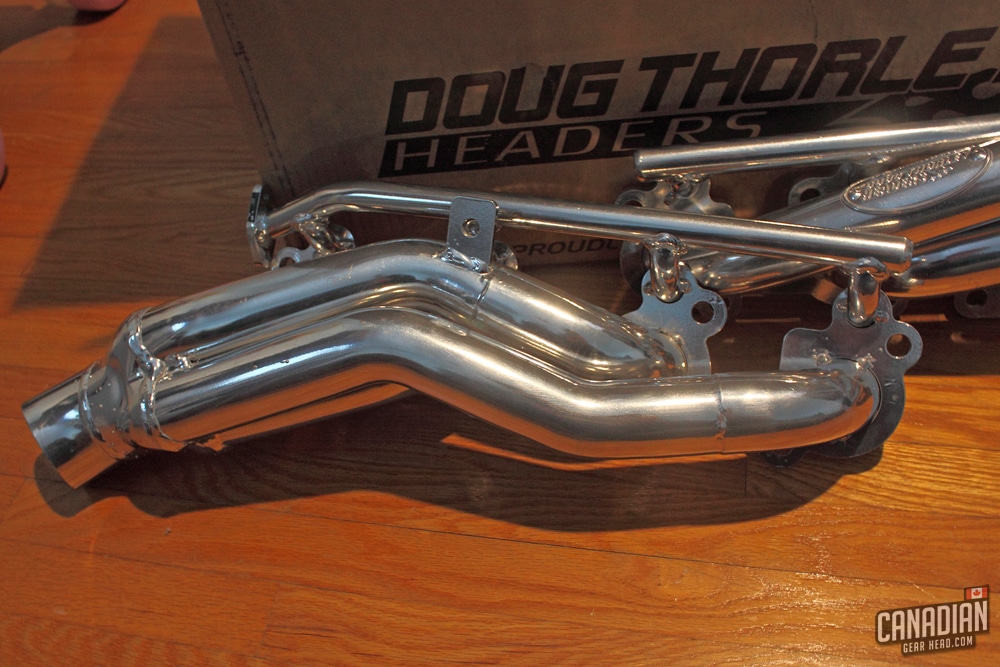
Repair Options: Welding, new manifolds, and headers
You have 4 options if you decide to fix your cracked exhaust manifolds. All of them require the labor of removing the manifold(s). This can be expensive if you pay someone to do it, and destroy both your knuckles and patience if you choose to do it yourself.
I would recommend having someone diagnose your problem or give you a 2nd opinion before pulling the trigger on any of these. If there’s any chance that your issue is caused by something else, you won’t want to waste your time and money on fixing your manifolds.
1: Re-welding the original manifold
This is sort of an old-school fix. You’ll save money by not having to purchase replacement parts, but you still have to deal with the labor to remove the manifold. It needs to be removed in order to prep and weld it properly.
This is not a permanent solution. It’ll usually buy you about a year before you either have to do it again or spring for replacement parts. If done incorrectly, you risk warping the flange and creating new leaks.
2: Replacing with a new Toyota manifold
This is probably the most common fix. Many people hear a weird noise, take it to the dealer, and have them fix whatever is wrong. While it does give you the peace of mind of your vehicle being worked on by the experts, it’s also by far the most expensive fix.
I was quoted over $2,000 for a single manifold and the required parts to go with it. That was just for the parts alone. Once you add in the 4-10 hours of labor per side, your repair bill will be astronomical.
On top of that, Toyota has not redesigned these manifolds. They’ll be replacing the parts that failed on your vehicle with the exact same ones. They cracked before, and they’ll crack again. The strong likelihood of future failure combined with the high cost make this a bad option.
3: Replacing with an aftermarket manifold
There are a few aftermarket parts companies that offer exhaust manifolds for the Toyota 4.7. In my opinion, this is the same situation as replacing them with Toyota parts.
What are the chances that a cheaper replica part from China is going to be built better than the original? If the original is bad, it’s safe to assume the knockoff version is worse. I can’t imagine they’ll be able to make a manifold with better steel and offer it for a fraction of the price.
You could get lucky and prove me wrong, but don’t forget about the labor cost. You don’t want to gamble with having to do this twice.
4: Replacing with aftermarket headers: A review of the Doug Thorley Short Tube Headers
Aftermarket headers are the best choice by far, for many reasons. First, the cost.
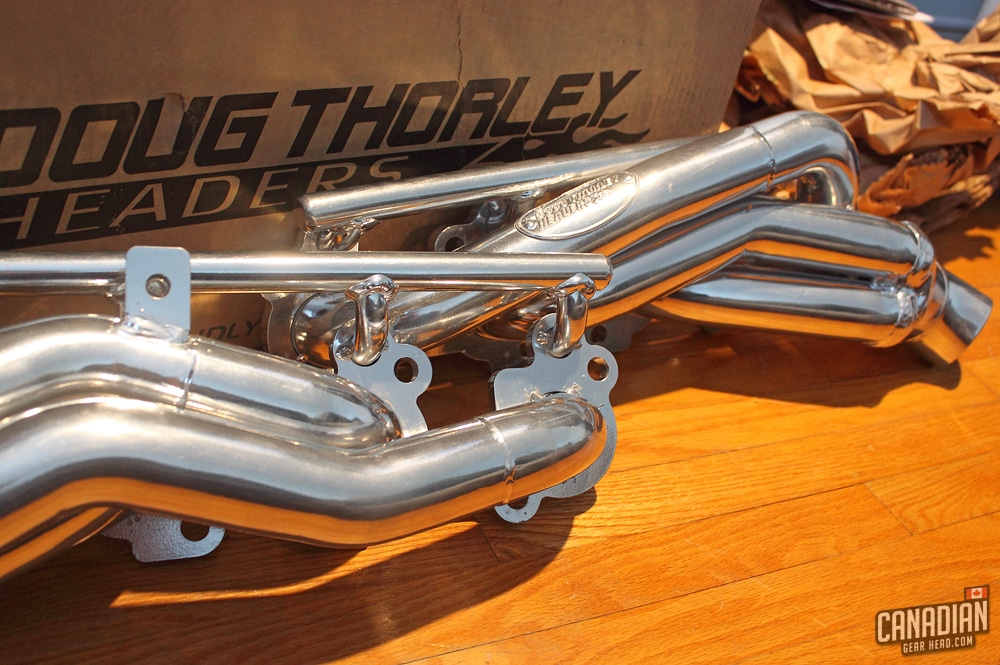
Cost
You can purchase a complete set of Doug Thorley headers for less than half the price of a single Toyota manifold. It sounds too good to be true, but it’s not. The value alone makes this option a winner.
Longevity
Doug Thorley headers are made of 304 stainless steel and have a lifetime warranty. They’re handmade in America and won’t crack like the original manifolds. This is by far the longest lasting fix for your cracked manifolds. The other 3 options will fail again eventually. These won’t.
You can purchase a set of Doug Thorley headers on Amazon here:
03/04 4runner Headers | 05-09 4runner Headers
Burtman Industries also has them on sale often and is a fellow 4runner owner. Great guy to buy from. Make sure to tell him that Canadian Gearhead sent you!
03/04 4runner Headers | 05-09 4runner Headers
Performance gains
If you still aren’t convinced, there’s one more advantage to upgrading to Doug Thorley headers: Performance gains. The official claims are impressive. 30 more horsepower and 30 more ft lbs of torque. The increase is not at peak hp and tq though, which tends to confuse a lot of people. Your 4.7 will not make 300hp just by adding these headers.
The 30/30 increase takes place mainly in the mid range of the rpm. Unfortunately, the dyno graph originally provided by Doug Thorley was measured in MPH instead of RPM. Strangely, that graph has since disappeared from the internet.
The graph showed that as hp and tq climbed, the line that represented the headers went up much quicker. It appeared as though the 30/30 gain was around the 4000-5000 rpm range. Peak gains were around 11 hp and 18 ft lbs if I remember correctly.
The added efficiency of these headers over the stock design doesn’t just improve horsepower and torque. They will also boost your fuel economy by as much as 2 miles per gallon! All of these claims should increase even further with the addition of a performance exhaust system and aftermarket intake.
More Doug Thorley short tube header details

Install
As with all of the other options for fixing your cracked exhaust manifolds, this install is not for beginners. The headers come ceramic coated and ready to bolt up. Doug Thorley includes new gaskets, but you’ll have to re-use your old hardware.
The headers come with no flange on the end of them. That’s because you have the choice to either re-use your original catalytic converters or replace them with a straight pipe (and figure out how to bypass the O2 sensors). You’ll need to be able to cut and weld whether you choose to keep the stock cats or not.
You’ll also need to be able to lift one side of the motor. Reaching all of the nuts to remove the old manifold and install the headers can be a real pain. Small hands and plenty of swivel attachments for your ratchet will certainly help.
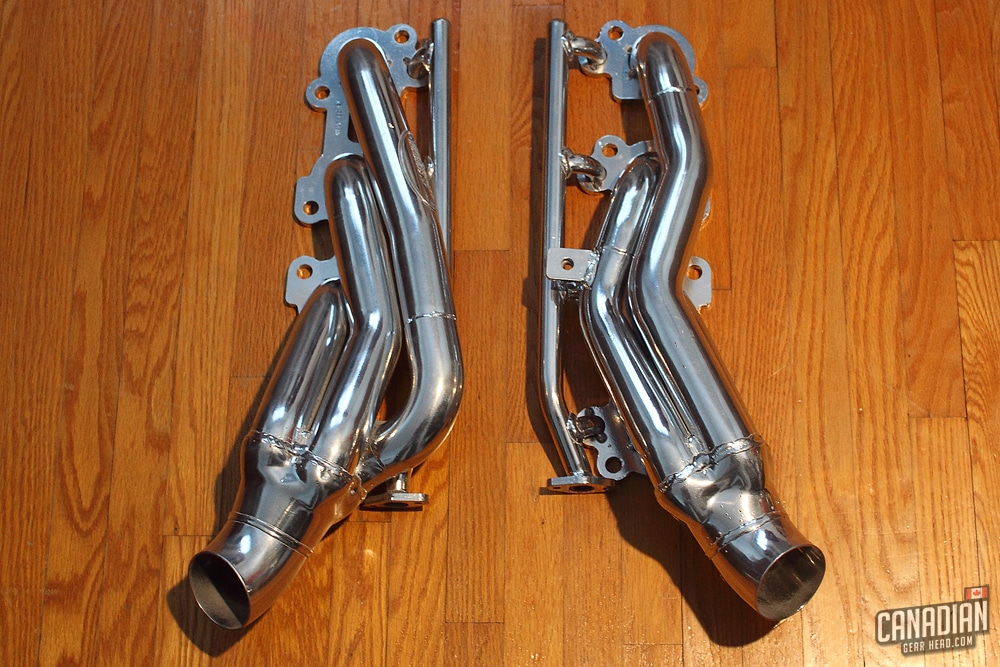
Results
The silver ceramic coating on these headers looks great. The driver’s side has a Doug Thorley emblem tacked on which is just barely visible once they’re installed in the engine bay. Still a nice touch.

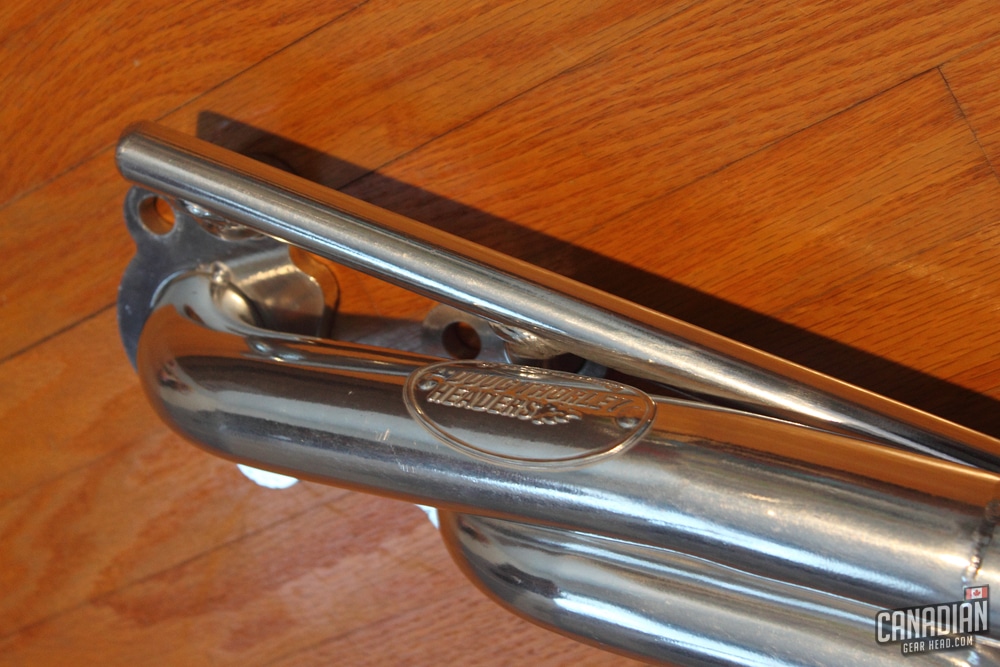

I understand these are made by hand, but my specific set of headers was clearly made by two different employees. While the welds on the driver’s side looked good, the passenger side was a different story.
This concerned me enough to bring the headers to a friend that’s a master mechanic as well as a drag racer for his opinion. After looking them over, he didn’t think there was anything wrong with them structurally and the issue was strictly cosmetic.

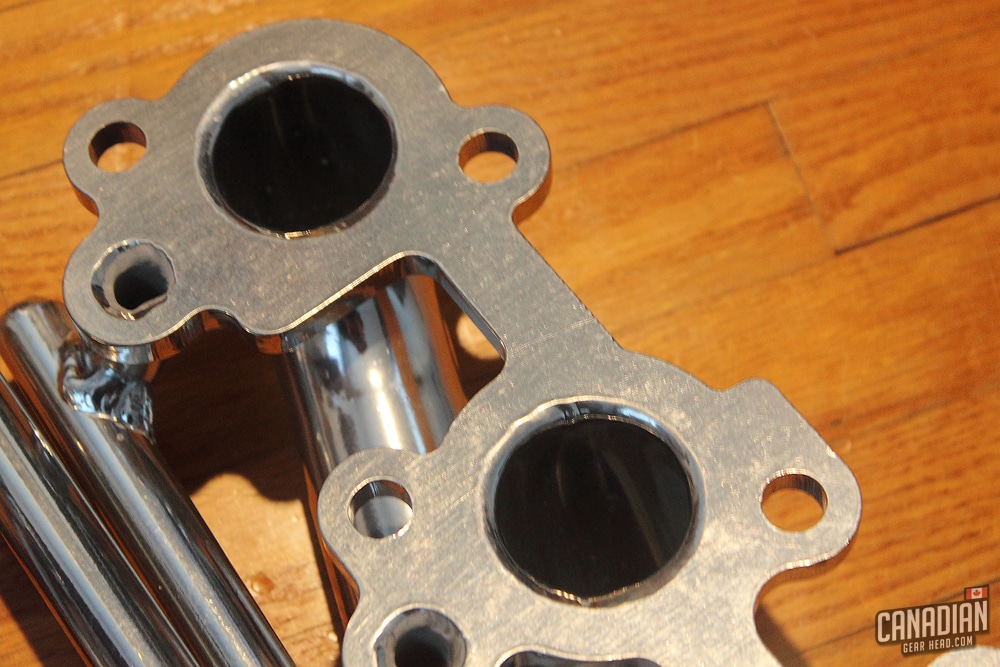


Quality control issues aside, I’m glad I had these installed. My exhaust leak is completely gone (although short tube headers do have a bit more of a “tin” sound with an otherwise stock exhaust – this is normal).
Cracked exhaust manifolds are just one of the potential issues you need to look for when buying a 4th generation Toyota 4runner. I list the others in my 4runner buyers guide.
Initially, I couldn’t notice much of a difference when putting around town at low rpm. That’s not where the horsepower and torque gains are though. Above 3000 rpm, the difference is very noticeable in the butt-dyno.
The engine feels much more alive and pulls a lot harder. You’ll find that allowing your 4runner to hold 3rd gear when merging onto a highway will make it zip right up to 60mph effortlessly.
As time goes on and the ECU learns how to adjust for the extra airflow, you’ll notice the engine really wake up. It’s no racecar, but the already well balanced 2UZ feels even healthier with these headers.
Since originally writing this review, I’ve also added a Gibson stainless catback exhaust to my 4runner. The exhaust and headers make a really nice combo. I reviewed this exhaust recently and found it to be a great design with only one minor annoyance.
The only thing remaining on my entire exhaust system that isn’t high quality stainless steel is the y-pipe. Thanks to Jason Burtman and Doug Thorley, they’ve got that covered now too (as well as a new style of long tube headers they’ve just released). Keep an eye out for those.

Conclusion
There’s no better way to fix the cracked exhaust manifolds on your V8 4runner than by upgrading to Doug Thorley headers. They’re stronger than the originals and have a lifetime warranty. That means you’ll never have to worry about it happening again!
They’re a fraction of the price of replacing the originals. You’ll also be rewarded with more horsepower, torque, and fuel economy. It’s not very often that increasing performance on a vehicle also makes it more reliable. This is a win-win in my opinion.
Check them out on Amazon:
Headers for non-vvti 4runners (2003/2004 model years)
Headers for vvti 4runners (2005-2009 model years)
Burtman Industries is also one of the best places to buy any aftermarket exhaust parts for a 4runner:
03/04 4runner Headers | 05-09 4runner Headers
Pros:
- Fantastic design
- Ceramic coating (mine were among the first batch of their new supplier)
- Low cost
- Lifetime warranty
- New gaskets included
Cons:
- Potentially confusing performance claims
- Quality control issues (aesthetic)

Tim is the creator of Canadian Gearhead. His experience with auto detailing and working for Toyota shows through all of the articles posted here. He runs the Canadian Gearhead site and YouTube channel full-time now and currently owns a 2007 4runner, 2006 Tacoma, and 1991 MR2. Read more about Tim:

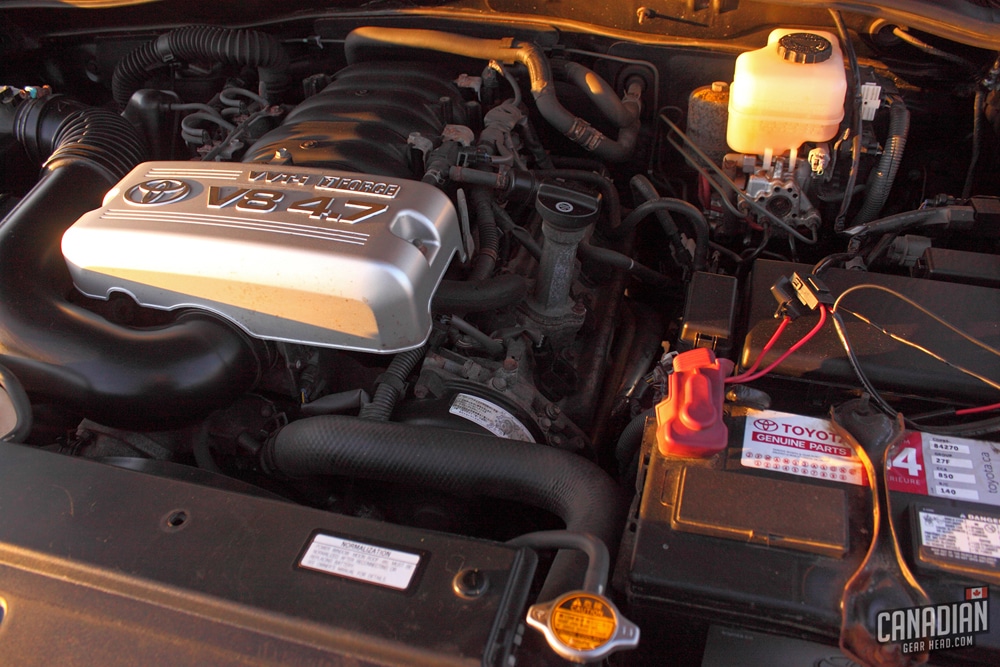



Leave a Reply